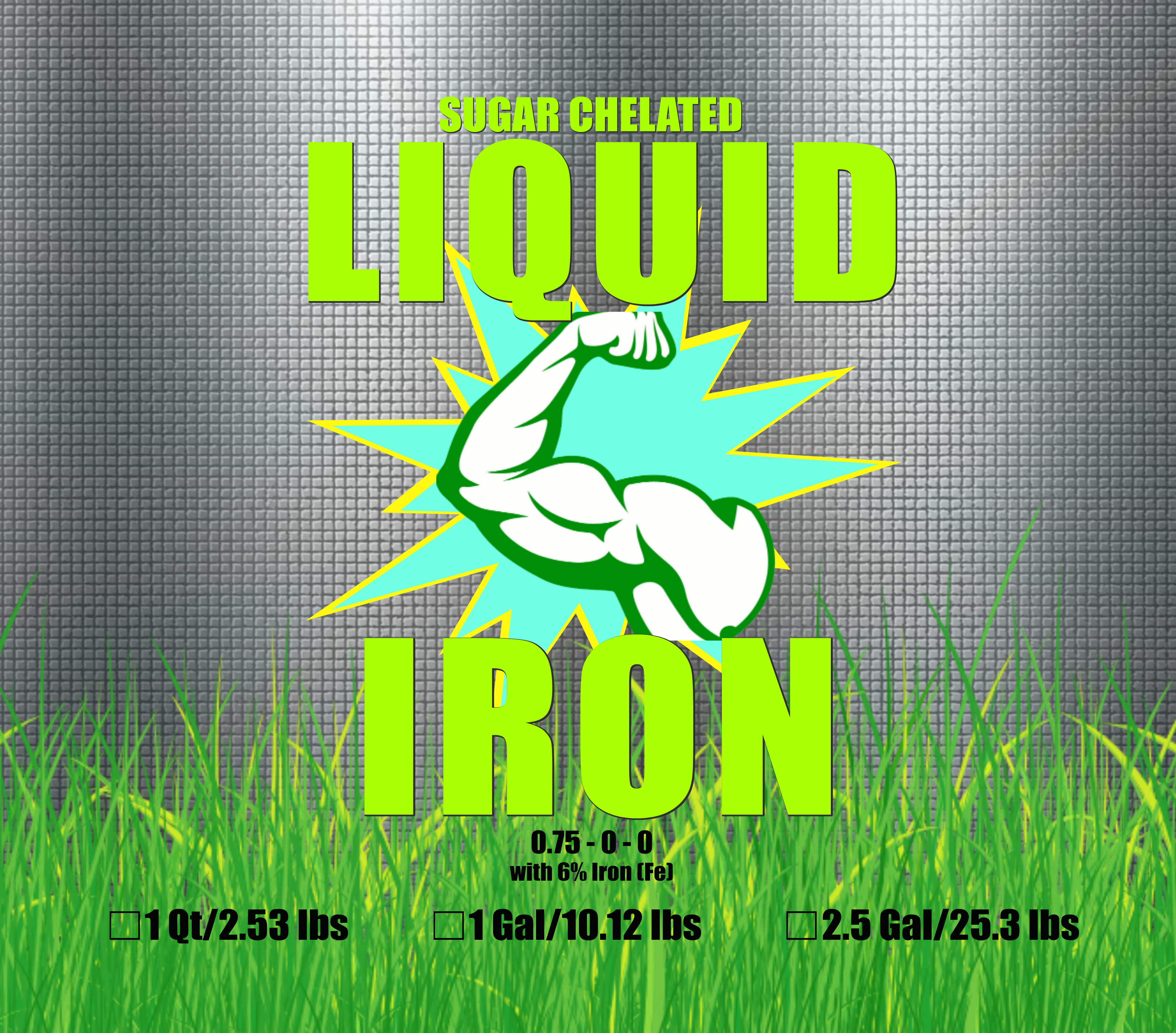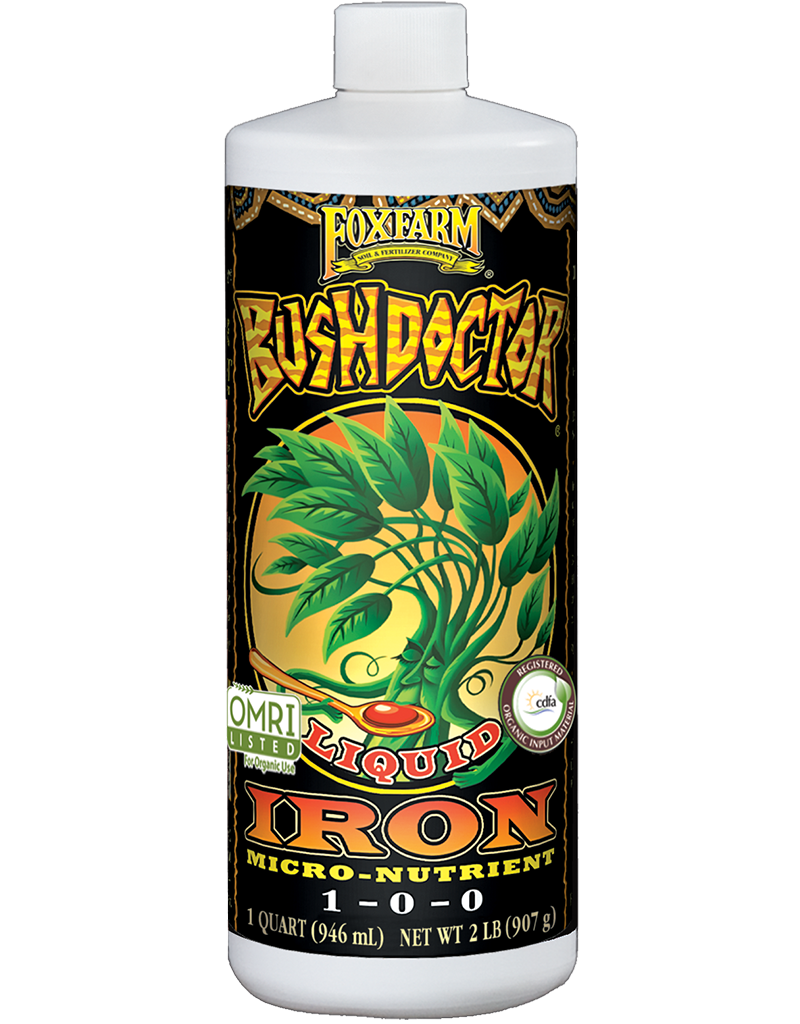
It is important to have our iron tested regularly so that we can adjust our diet and supplements to achieve and maintain healthy levels. Low iron causes fatigue, a weakened immune system, headaches, difficulties with memory and concentration, hair loss, and muscle weakness 1. We rely on iron to deliver oxygen to every cell in the body so that we can produce energy.

Optimal iron levels are essential for our overall wellness. Aim for an optimal ferritin level of 70-100 ug/L. Ask for annual blood work to test your ferritin level and other iron markers when warranted.Heal the gut lining to improve absorption of iron in the small intestine 5.Talk to your doctor if you are taking acid blocking medications (proton pump inhibitors, antacids), as they impair iron absorption 1.These vitamins are found in yellow, orange and red fruits and vegetables, such as grapefruit, oranges, bell peppers, beets, carrots, squash, and tomatoes. Increase foods that boost iron absorption, including foods high in vitamin C and beta carotene 8.These include black tea, coffee, cocoa, and calcium-rich foods such as dairy, almonds, and broccoli 9. Avoid consuming foods that block iron absorption within two hours of an iron supplement or eating iron-rich foods.Focus on iron-rich foods, including meat, fish, dark leafy greens, brown rice, beans, nuts and seeds and iron-fortified cereals 1.Hilary’s Lifestyle Changes To Support Healthy Iron Levels People with digestive conditions such as Celiac disease, colitis, Crohn’s disease, and SIBO 5ĭr.People taking acid blocking medications for heartburn 1.

People experiencing fatigue, depression, or brain fog 3.Children with behavioural concerns or ADHD 2.Some groups of people are likely to have low iron, including: Hilary suggests aiming for a ferritin of 70-100 ug/L so that the body has enough iron to function in an optimal way. In fact, research shows that iron supplementation can be beneficial for people experiencing fatigue, even in cases where ferritin is not low enough to cause anemia 3. Since this is a wide range, you can imagine that someone with a ferritin of 7 ug/L would feel very different from someone with a ferritin level of 200 ug/L. The tricky part about this test is that in Canada, “normal” ferritin in adults is defined as falling within the range of 5-272 ug/L. The best way to understand your iron status is by having a blood test to measure something called ferritin, which is our iron storage.

Iron deficiency also results in poor cognitive development, behavioural concerns, and ADHD in children 2. This is why low iron can cause wounds to heal slowly, muscle weakness, difficulty with concentration and memory, depression, headaches, hair loss, and weaken our immune system 1. When our cells are deprived of oxygen, every action in the body is affected, from our brain to our toes. Low iron can cause more than just fatigue. If we do not have enough iron to carry oxygen to our cells, we are not able to make energy, and we feel tired. Once our cells receive oxygen, they use it to make the fuel that allows our bodies to function. In the same way, iron picks up oxygen from the lungs, loads it onto red blood cells, and transports it to every cell in the body. If there are not enough couriers working to keep up with the demand for deliveries, we do not receive our packages on time. The courier picks up packages from a distribution centre, loads it onto trucks, and transports it to our homes. Think of iron like a courier, and oxygen like the packages we order online.


 0 kommentar(er)
0 kommentar(er)
